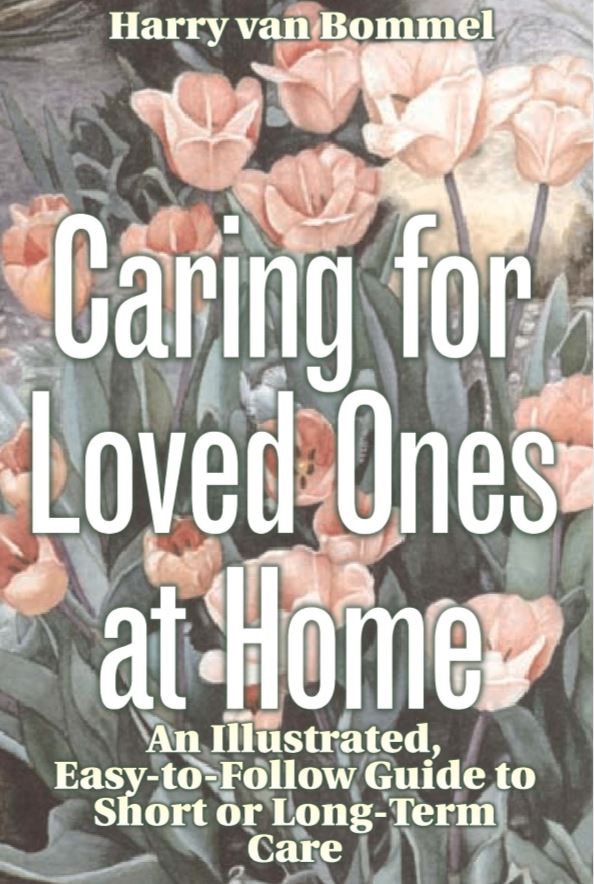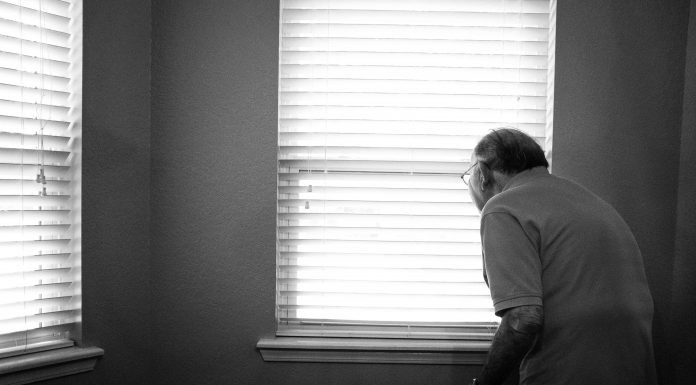The following is helpful information for assisting in personal care.
Using a Bedpan or Urinal
None of us enjoy having to use a bedpan or urinal. No matter how hard we try, it is an unnatural feeling and not all that comfortable. However, it is necessary sometimes. After you have helped the person with the equipment, give them some privacy and wait for them to call you for help again. Leave a clean bedpan or urinal and toilet paper close to the bed so that people who are able can use it themselves and just call you when they are done.
Specific Tips
Find out if they can use a commode beside the bed. A commode is a portable toilet that looks like a chair. It allows someone to go to the toilet without having to go to the bathroom. There are various types including ones on wheels and ones with removable armrests. Your visiting home nurse, home care case manager or family doctor can help you decide which is best.
Note: People who are receiving narcotic pain medication may have difficulty with bowel functions (e.g., constipation). Talk to your family doctor or visiting home nurse right away to prevent the problem from getting worse. People need to continue using the right dose of pain medication so that they can remain relatively pain free and alert but they also need help controlling any side effects of that medication.
If they cannot use a commode, follow these tips:
1. Make sure you get the right kind of bedpan or urinal. There are different models for different purposes and you should get the kind that is most comfortable for your specific purpose. Plastic bedpans, vomit trays and the like are not as cold as metal ones.
2. Make sure the bedpan or urinal is clean, warm (you can rinse it with hot water), and dry.
3. Wash your hands thoroughly and dry them with a clean towel.
4. You may want to put some talcum powder on the top of the bedpan so it does not stick to the skin.
5. Once they are using the bedpan or urinal, you can raise the head of the bed to help them feel more comfortable. Make sure the foot of the bed is down so that urine will run into the urinal and not pour out by mistake.
6. Make sure the person is wiped clean and dry.
7. Cover the bedpan or urinal before removing it to prevent spilling. Empty in the toilet and clean. If you rinse with cold water and baking soda it helps keep the equipment odour free.
8. Wash your hands and help the person to wash theirs.
Urinating and having bowel movements in such a public way can be a major source of embarrassment and frustration for people. They should not have to wait to use the equipment or to have it taken away when they are done. Anything you can do to help people maintain their sense of control at this time will be an invaluable gift.
People do not have to have a bowel movement everyday to be healthy. It varies from person to person. They will know if the frequency of their bowel movements is normal or abnormal.
Menstruating women should have all the supplies and assistance they need. Again ask them what they need and what kind of help would be appreciated and who they prefer to help them.
Helping Someone Onto a Bedpan
If they can help, have them lay on their back, bend their knees so their feet are flat on the mattress and ask them to lift their buttocks while you put the bedpan under them.
If they prefer, they can roll onto the bedpan. Have the person roll onto their side, place the bedpan against their buttocks and ask them to roll onto their back.
If they cannot lift themselves or roll onto a bedpan help them to roll onto their side. They will tell you how to help them. Place an incontinence pad on the mattress (if there is not one already), put the bedpan on the mattress in the correct spot (often a little dent in the mattress where the person was lying), and help them to roll onto the bedpan. You may need to adjust it a little for comfort.
If Someone is Incontinent of Urine or Feces
Incontinence means that the person cannot control their bladder or bowel movements. Odour, infections or rashes may develop if the person does not regularly change and keep dry. Their skin care becomes especially important at this point to prevent painful bedsores and other uncomfortable skin conditions.
Get specific advice from a dietitian, visiting home nurse, home care case manager or your family doctor.
Put a plastic sheet under the bottom sheet of the bed.
Use incontinent pads or a clean towel under the person in bed. Change as needed. Reusable incontinence pads or towels should be placed in a sealable container until they are washed. Wash the container with a disinfectant and air out regularly to diminish odour. Sometimes having a vinegar and water solution in the container helps minimize odour as well. Non-reusable incontinence pads should be sealed into an airtight garbage bag and kept outdoors and away from the person’s room. Oranges with cloves stuck in them, and left in the room, can also reduce odours. There are also commercial products to help with odour. Ask your visiting home nurse or home care case manager about suitable products for your situation.
Make sure the person’s skin remains clean and dry. Use soapy water and pat as needed. You may also want to use a water-resistant cream to protect the skin. Bedsores are extremely painful and dangerous. They are frequently the result of damp skin and poor blood circulation. Anything you do to keep the skin clean and dry helps a lot. You will also need to keep the bedclothes dry at all times.
Pajama bottoms are not very practical. Long t-shirts, pajamas tops or oversized flannel shirts are quite comfortable. Socks may also help keep someone warm.
The person may want to use adult diapers to keep dry and comfortable and to allow them to get out of bed and walk around for exercise. Check to see if your local home care program covers these and other supplies.
Caring For Loved Ones At Home – Free eBook – click here.
Click here for Harry’s previous article on Bed Care.
This article is intended for informational purposes only. If you have any questions or are considering any recommendations, please consult your health practitioner.






















